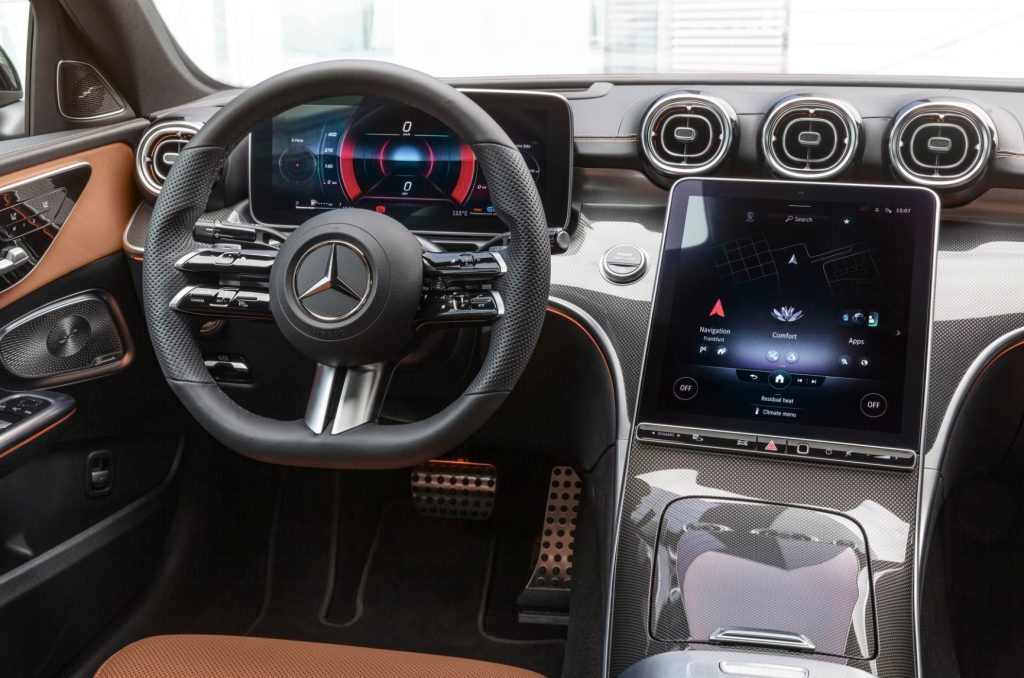Diagnosing the Key Causes of Gas Pedal Failure in a Mercedes-Benz Car
Giancarlo Perlas January 24, 2023
Gas pedal failure while driving a Mercedes-Benz vehicle can be an incredibly dangerous situation. If the gas pedal fails, the driver suddenly loses their ability to control the speed and acceleration of their car. This can cause a driver to lose control of the vehicle, resulting in a potential accident or crash. It is therefore important for drivers of Mercedes-Benz cars to be aware of the dangers associated with gas pedal failure and be vigilant when behind the wheel.
Diagnosing the exact cause of gas pedal failure is paramount in ensuring the proper repair of a vehicle. Without knowing what component has malfunctioned, it is impossible to fix the issue or it may lead to unnecessary repairs.
A thorough diagnostic test by an experienced mechanic should be conducted in order to identify and address the problem. By properly diagnosing the issue, drivers can ensure their vehicle is safe and reliable on the road.
Most Common Causes of Gas Pedal Failure in a Mercedes-Benz Car
One of the most common causes of gas pedal failure in the Mercedes-Benz while driving is a sticky or faulty accelerator cable. A faulty accelerator cable can cause symptoms such as difficulty starting, loss of power when accelerating, and jerky engine movements.
To confirm this problem through a manual inspection, check for signs of damage to the outer sheath of the cable. Also, check for signs of wear or fraying at points where the cable passes through its housing or bracket. You can also utilize tools such as an ohmmeter to test circuit continuity within the cable itself.

In some instances, problems with the throttle body can also lead to issues with gas pedal failure while driving. Symptoms that may indicate a throttle body issue include reduced fuel efficiency, rough engine idle, and poor acceleration response.
To diagnose this problem manually, look for signs of dirt or debris buildup at the throttle body. You can also run a visual inspection to check for any loose connections in the throttle body system. If necessary, you can use specialized testing tools to measure air flow and electrical current in the throttle body circuit.
Key Solutions to Gas Pedal Failure in a Mercedes-Benz Car
The solution for issues with gas pedal failure will depend on the cause of the problem. If it is caused by an accelerator cable that is sticking or faulty then it may need to be replaced completely. If there are problems with the throttle body then components such as sensors, valves, and gaskets may also need replacing or cleaning depending on the gravity of the situation.
In either case, it is important to have all affected parts inspected by a qualified mechanic to ensure a safe and efficient repair. Proper maintenance of these components can help reduce the risk of similar issues in the future.
Conclusion
While sticky or faulty accelerator cables are one of the most common causes of gas pedal failure in Mercedes-Benz vehicles, problems with the throttle body can also lead to such issues. In both cases, it is important to run a manual inspection and use specialized testing tools in order to confirm the cause.
After diagnosis, affected parts may need to be replaced in order to resolve the issue and ensure the continued safe operation of the vehicle. It is also important to maintain these components properly in order to minimize future risks.



